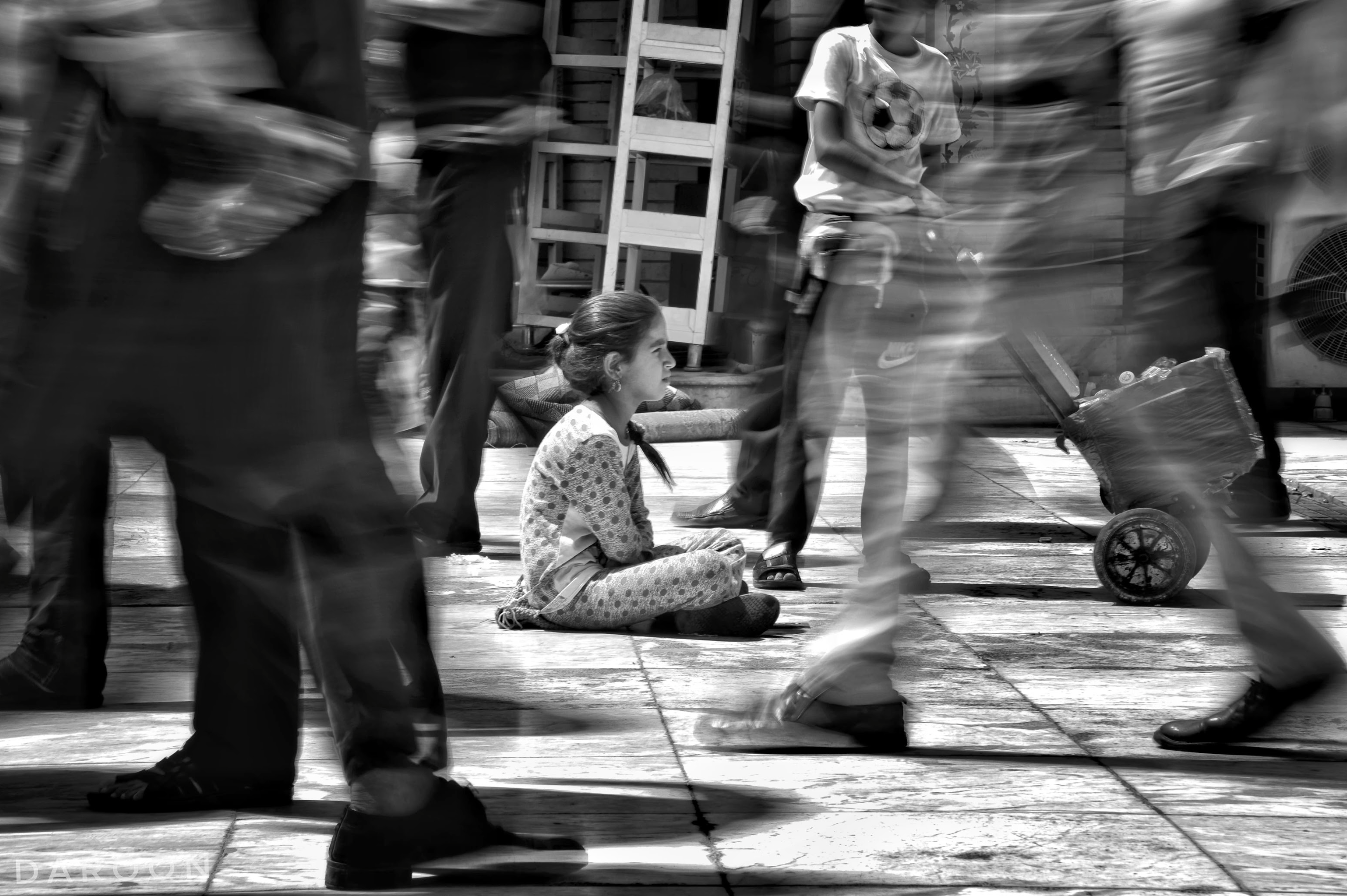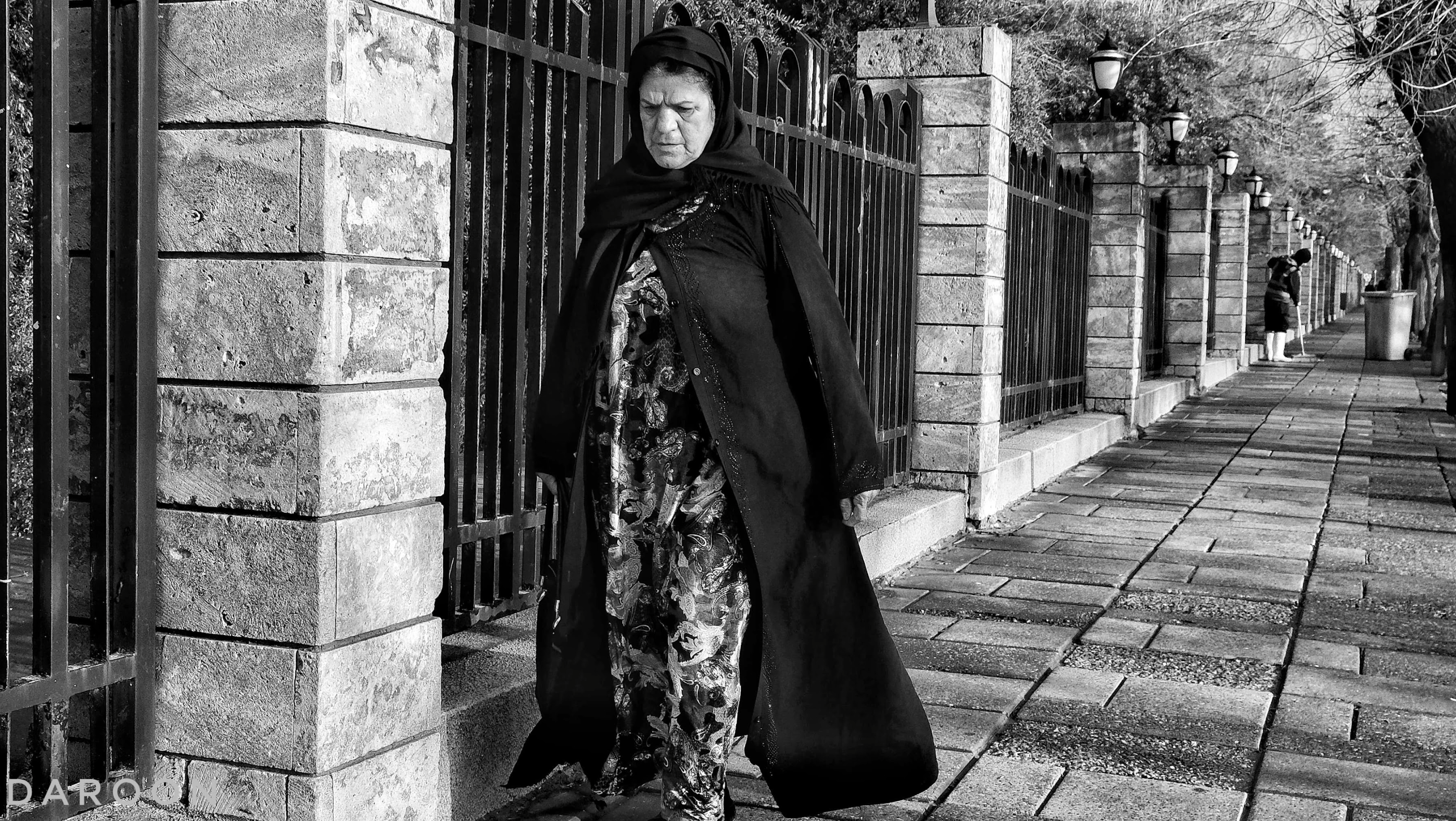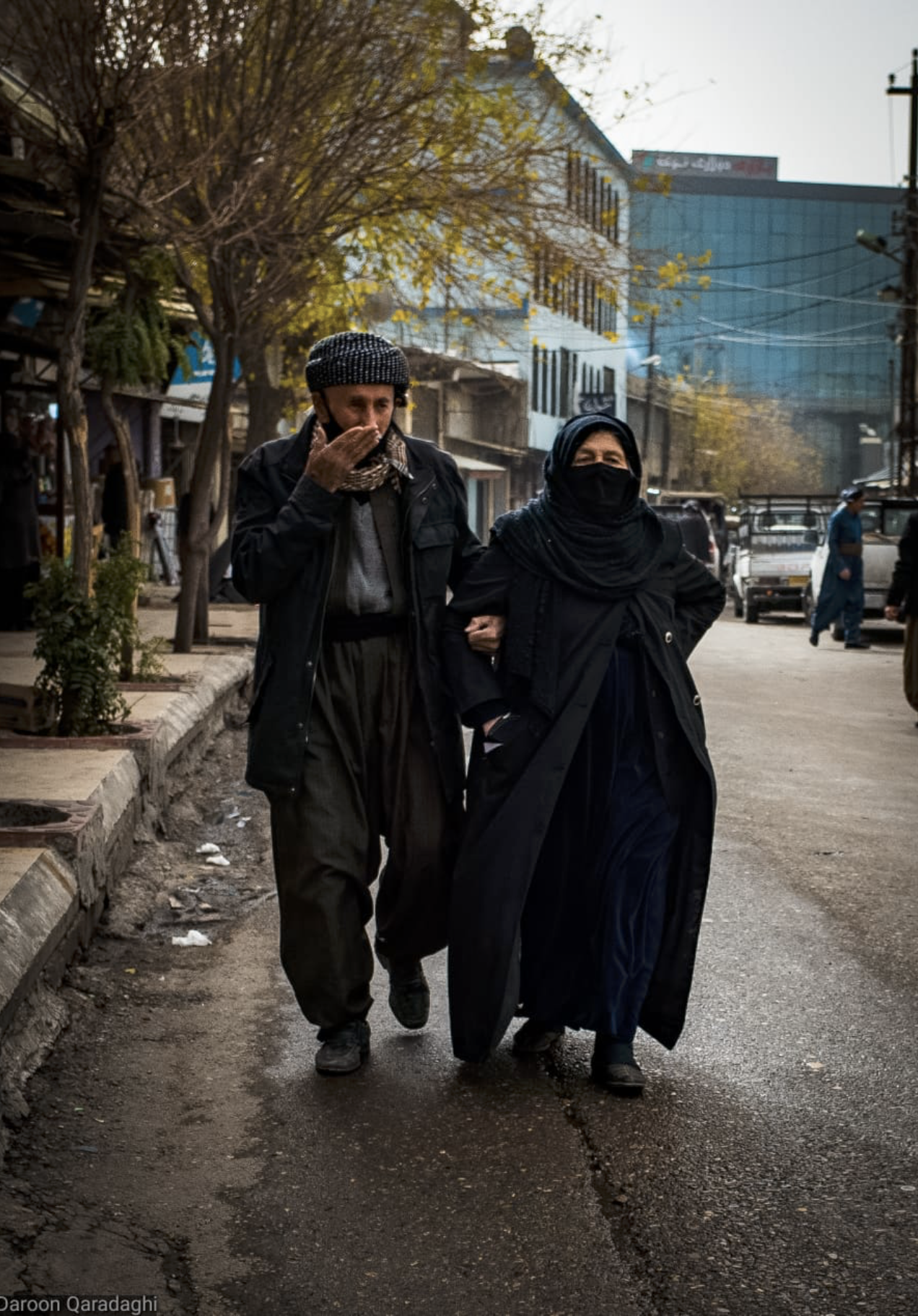As a young girl living in Sulaymaniyah, I loved the city. However, the feeling was not reciprocated. I believe that the reason for this is the city’s design, which is not women-friendly and thus does not allow women to feel comfortable being themselves.
In this article, I aim to visualize a city that women can identify with, where they can express themselves, grow, and feel like they belong. In a November 2023 report, the UN Women’s Safe Cities and Safe Public Spaces for Women and Girls global initiative highlighted four key points that could potentially make a city more women-friendly:
— Accessibility to essential services such as healthcare, education, and social support.
— Diverse job opportunities that empower women economically.
— High-quality amenities, including transportation, housing, and safety measures.
— Access to mechanisms that guarantee their rights when they are exposed to violence.

No developed city can become smart and stable if at least half of its population does not feel comfortable. We need to start including women in the design and construction of urban spaces so that we can create more comprehensive and thoughtful blueprints for cities. This starts by engaging female professionals across disciplines – including architects, engineers, researchers, activists, and policymakers – to achieve inclusive urban design.
In this article I argue that, by prioritizing women’s needs, Sulaymaniyah can enhance daily life for its female residents, fostering a more equitable and vibrant cityscape. Recognized as the Kurdistan Region’s capital of culture, Sulaymaniyah’s potential as a women-friendly city can be fulfilled by developing a number of key elements.

Freedom of movement
I want to start with transportation, which poses significant challenges for various demographic groups within Sulaymaniyah. Consider a young female student, a mother with a stroller, an older woman unable to walk long distances, or even an individual who does not want to rely on a personal vehicle because of the environmental impact. To start with, reliance on public transport becomes paramount for those unable to afford personal vehicles or consistent taxi services. However, the current state of Sulaymaniyah’s transportation system fails to support these individuals adequately. Primarily, the absence of a tracking system leaves commuters unaware of bus arrival times, forcing them to wait for an indefinite amount of time. Moreover, buses lack accommodations for women with strollers or disabilities, rendering access difficult or impossible. Women working late hours encounter additional obstacles since public transport ceases operating in the late evenings, often leaving them stranded. Moreover, pervasive issues of sexual harassment in bus stations compound their safety concerns
Addressing these shortcomings is imperative. Implementing a reliable tracking system would enhance predictability and convenience for commuters, while adapting buses to accommodate strollers and wheelchairs would improve accessibility for individuals with mobility challenges. Extending public transport operating hours would provide essential late-night travel options. Crucially, measures to combat sexual harassment must be prioritized to ensure the safety and security of all passengers. Improving Sulaymaniyah’s public transport system would benefit women commuters and contribute to broader societal goals of inclusivity and accessibility.

Enhancing security in public spaces is also vital. For instance, Sulaymaniyah’s parks lack adequate lighting, deterring women from activities like jogging or yoga in the early morning or evenings. Insufficient pedestrian-friendly lighting exacerbates safety concerns. Street and park lighting primarily caters to vehicles, neglecting pedestrian safety. Introducing security cameras and adjusting lighting to prioritize pedestrian visibility would foster a safer environment for all residents, particularly women, and encourage more active use of public spaces.
To unlock the complete potential of public spaces, tangible inclusion is imperative. Downtown areas, as quintessential public spaces, cater to all individuals. Women, for instance, can relish their quality time by engaging in activities like shopping, socializing with friends, or spending time with their children. Implementing pedestrian-friendly initiatives with ample greenery and seating not only fosters a welcoming environment, but also encourages women to embrace outdoor activities, thereby advancing inclusivity.

Empowering women
One element that is paramount to combating the marginalization of women is the inclusion of gender equality in education. Integrating discussions and lessons on gender equality can, above all, reduce perceptions of women as “others” and proactively foster inclusivity, thus empowering women within the community. On the topic of equality, boosting the presence of women in the local economy is crucial. Currently, men vastly outnumber women and dominant the business landscape, limiting opportunities for women. Empowering women-owned businesses not only expands job prospects but also diversifies the product offerings on the market, fostering a more equitable business landscape in the city.
Accommodation is another significant factor when making a city women-friendly. Simply put, Sulaymaniyah must prioritize housing solutions for women living independently, which includes those working in the city, orphaned, separated, or widowed. Municipalities should develop housing tailored to their needs, such as apartments or houses with different designs. Additionally, implementing rent and housing market price controls ensures affordability and security, particularly for vulnerable groups like female orphans over 18 years old. Addressing these housing concerns fosters stability and support for women navigating independent living situations.

Following the rule of the “15-minute city” – an urban planning concept aimed at providing cities with basic services (e.g. schools, groceries, malls, parks, etc.) within a 15-minute walk of residential spaces – not only decreases traffic, but also reduces stress and strengthens the bond women have with the city. Increasing the number of public restrooms is an attendant issue, as insufficient facilities pose challenges for women in Sulaymaniyah by disregarding the unpredictability of menstrual cycles. Finding a place to change becomes arduous, leading to impromptu purchases for access to changing rooms. For women with urine incontinence, the shopping experience becomes exceedingly difficult. Addressing this issue is vital for ensuring basic dignity and comfort for all women in public spaces.
Lastly, let me discuss the visibility of women. Despite their substantial historical contributions to Sulaymaniyah, statues and murals predominantly feature men. On the other hand, cities like Barcelona in Spain have led initiatives to highlight women’s roles through statues, museum exhibitions, and even street names. Emulating such efforts can ensure equal recognition of women’s contributions in shaping Sulaymaniyah’s history and society, fostering inclusivity and gender equality in public spaces.
In conclusion, encouraging dialogue is essential to shape the vision – and practical design – of our city for women. The municipality should harness the talents of Kurdish women, creating a network across various fields, an initiative that will not only enhance the city, but also empower women.
Ultimately, this project will be a significant achievement for Sulaymaniyah, transforming it into the first city in Kurdistan and the Middle East to become a women-friendly city.
Shazin Jaf is the experienced Executive Assistant and Chief of Staff at Canada's House of Commons, holding a bachelor's degree in diplomacy and public relations.